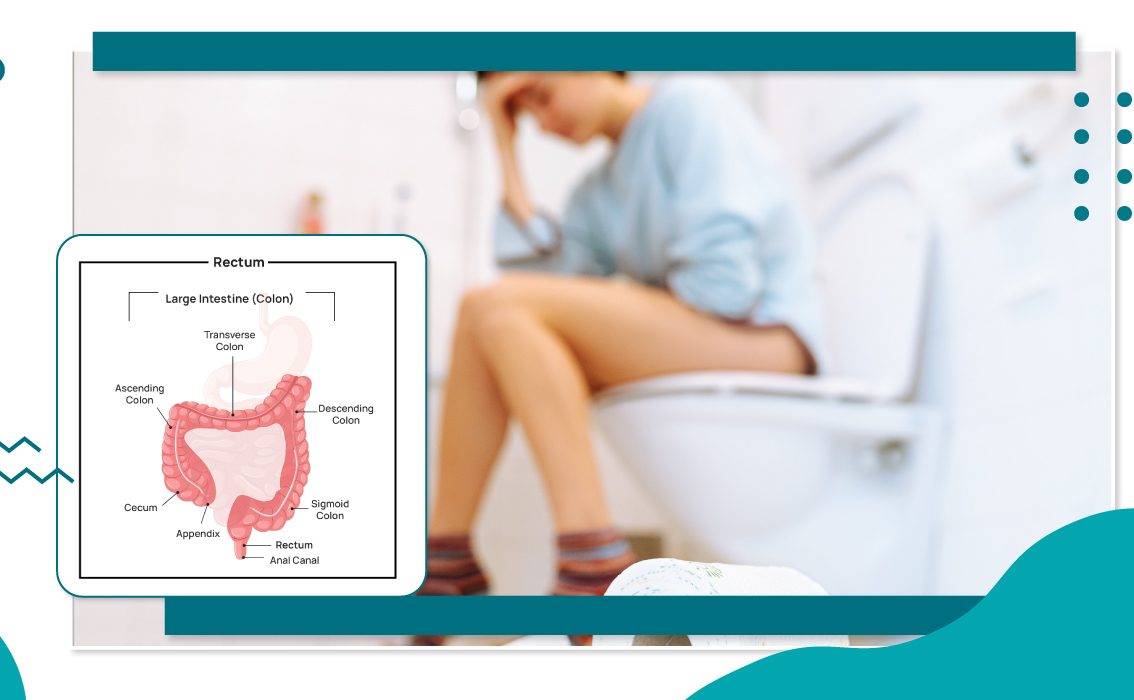
The term prolapsed rectum was discovered as early as 1500 BC. The disease appears when a mucosal or full-thickness layer of rectal tissue comes out of the anal orifice. The patient facing issues like constipation, fecal incontinence and rectal ulceration are prone to suffer from protruding rectum issue.
Three different clinical problems are clubbed under one disease:
a. Internal prolapse or internal intussusception.
b. Mucosal Prolapse
c. Full-thickness rectal prolapse
Though three different medical conditions are brought under one term but the treatment of these three are totally different.
Internal prolapse or internal intussusceptions – It is a medical condition that occurs with a partial or full-thickness rectal wall disorder, but the prolapsed anal tissues doesn’t go beyond the anal canal and certainly doesn’t protrude out of the anus.
Mucosal prolapse is described as the jutting out of only the rectal mucosa not the complete rectal wall.
Full-thickness rectal prolapsed is a medical condition in which the patient suffers from the full thickness of the rectal wall protrusion through anus. This is most common form of this disease diagnosed in patients for which learned professionals have devised a fitting rectal prolapse treatment.
The rectum is located between the anal canal and sigmoid colon which is 12-15 cm from the large intestine. Its main function is to work as a reservoir for fecal matter in the body. The inner lining of the intestinal tract forms the mucosa. The connecting point of the ectoderm and endoderm in the anal canal is the dentate line.
Anatomically the external anal sphincter is a striated muscle which makes a circular tube around the anal canal. Going proximally, it joins with the levator any and the puborectalis to make one single complex group. Living beings can voluntarily control the external anal sphincter.
The internal anal sphincter is a very smooth muscle and is the most distal anatomical extension of the inner circular smooth muscle of the rectum and the colon. Anatomically it’s generally 2-3mm thick and 2.5-4 cm long. Living beings cannot voluntarily control the internal sphincter and is continuously contracts to prevent unplanned stool loss.
Though the medical science still hasn’t entirely understood or agreed upon the pathophysiology of the disease. But still there are two main theories behind it that are generally based on the same concept and explain the same thought in varied ways.
One of the main theory states that the disease is a sliding hernia due to a medical defect in the pelvic fascia. Another theory postulates the medical condition begins as circumferential internal intussusceptions of the rectum starting 6-8cm proximal to the anal end. With efforts and time, this development to full-thickness rectal prolapsed, however some sufferers never progress further than this stage.
Although the etiology and pathophysiology of mucosal prolapse probably differ from those of internal prolapse and full-thickness rectal prolapse. The patients suffer from it when the connecting tissue attachments of the rectal mucosa are stretched and slackened, thus letting the tissue to prolapsed through the anus. This generally happens due to continuous long- standing hemorrhoid disease and is treated for the same.
Generally, the disease starts with an internal prolapse of the interior rectal wall that progresses to the complete prolapse. In earlier times there were no treatment other than undergoing surgical procedure for the condition, there now exists procidentia treatment without surgery to take care of prolapsed rectum.
The exact cause of the disease has still not been clarified yet; although, quite a few related medical conditions have been discovered. Almost around 50% of the cases occur due to constipation and chronic straining with defecation. Procidentia Ayurveda treatment has emerged as a savior and an effective cure for people who wish for a treatment without going under the knife.
Some other presumed issues comprises of the following:
a. Pregnancy
b. Previous surgery
c. Diarrhea
d. Benign prostatic hypertrophy
e. Chronic obstructive pulmonary disease (COPD)
f. Cystic fibrosis
g. Pertussis
h. Pelvic floor dysfunction
i. Parasitic infections such as schistosomiasis, amebiasis, etc.
j. Neurologic disorders – Previous lower back or pelvic trauma/lumbar disk disease, cauda equina syndrome, spinal tumors, and multiple sclerosis.
k. Disordered defecation

Some of the anatomic traits identified during the treatment for prolapsed rectum are generally common in most of the patients. These comprise of a deep anterior Douglas cul-de-sac, weak or patulous anal sphincter with levator diastasis, redundant recto sigmoid and poor posterior rectal fixation with a long rectal mesentery. However, it is not confirmed that these anatomic characteristics are the actual cause of the disease or not.
Though, in the kids the disease is most likely to occur due to the relative weakness of the pelvic floor muscle, mucosa that is poorly fixed to sub-mucosa, redundant rectal mucosa, the mobility of the sigmoid colon, and the vertical orientation of the rectum.
Procidentia Ayurveda treatment is one of the best treatments to effectively cure Prolapsed Rectum.